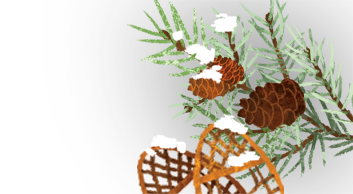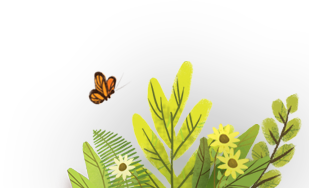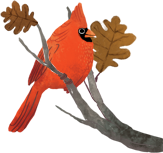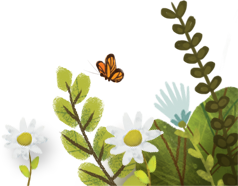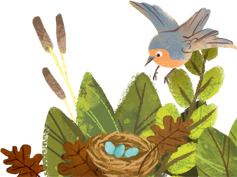- The outdoor activities for this class include a 30 – 40 minute hike, so participants should dress accordingly.
- Note: This class focuses on soil; however, because we briefly visit the Quarry Hill Cave, many students have questions about what animals might be living there. The usual residents are crickets and the occasional small moth or spider (all of these animals are very sedentary and cling to the ceiling of the cave – they can easily go un-noticed). While we may also see a couple of hibernating bats, this is not the reason for the cave visit. Since children often associate caves with bears, lions, and wolves, some discussion of why we won’t see these large animals at the Quarry Hill cave (they don’t live in our part of Minnesota and these animals don’t like to live near people) can help to alleviate nervous feelings.
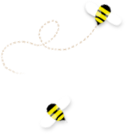
Soil Sleuths
| Title | Soil Sleuths |
| Audience | 2nd Grade |
| Offered | November - December |
| Length | 1 hr. 50 minutes (look around time in the Exploration Hall included) |
Preparing for this Class
Class Description
This class begins with an indoor discussion comparing the terms “soil” and “dirt”. The Quarry Hill teacher will transform into the “Soil Chef” and demonstrate soil ingredients and how soil is made. Students will then rotate through two activities:
- A hike through a portion of the park where soil-related features will be viewed and discussed. A hike highlight will be visiting the Quarry Hill cave to experience a rock from within and observe how rocks erode and weather into sand, silt and clay particles.
- Soil sieving and sorting, including discussion and demonstrations related to weathering and the three basic soil particles: sand, silt and clay.
Correlation to MN Science Standards
- Sort objects in terms of color, size, shape, and texture, and communicate reasoning for the sorting system. (0.2.1.1.1)
- Recognize that tools are used by people, including scientists and engineers, to gather information and solve problems. (1.1.3.2.1)
- Describe similarities and differences between soil and rocks. For example: Use screens to separate components of soil and observe samples using a magnifier.(1.3.1.3.2)
- Raise questions about the natural world and seek answers by making careful observations, noting what happens when you interact with an object and sharing answers with others. (2.1.1.2.1)
- Generate questions that can be answered when scientific knowledge is combined with knowledge gained from one’s own observation or investigations. (3.1.1.2.1)
- Explain how, over time, rocks weather and combine with organic matter to form soil. (5.3.1.2.1)
Science Vocabulary
|
Soil Cave Mineral Erosion |
Pebble Sediment Organic Dirt |
Sand Boulder Silt Sandstone* |
Rock Fossil Clay Particle* |
*denotes a Quarry Hill vocabulary word



